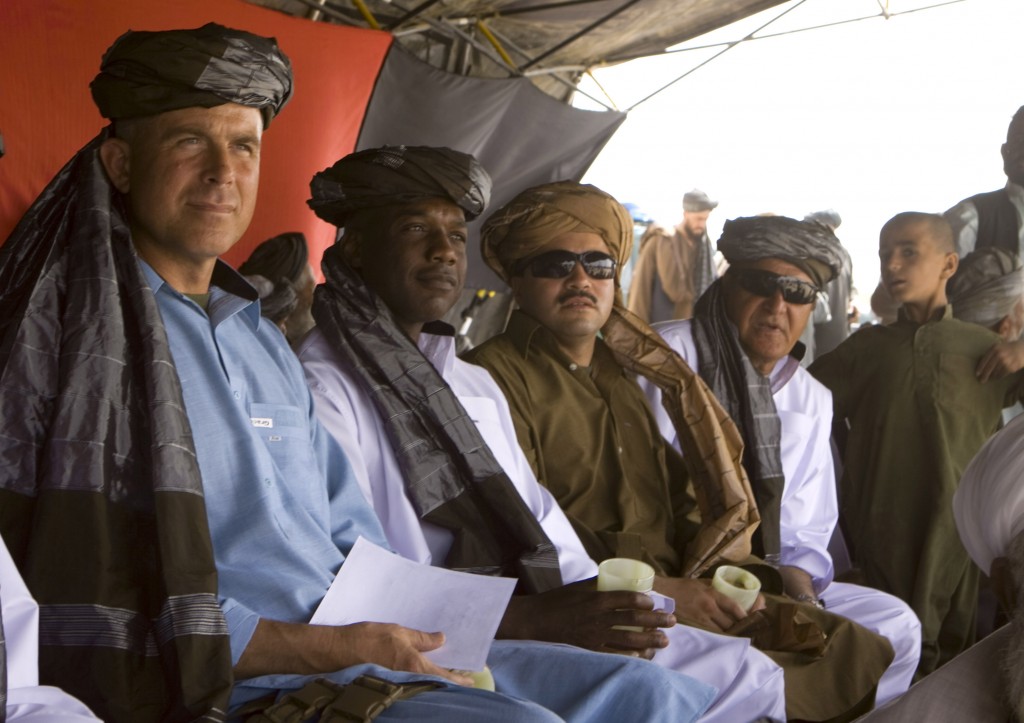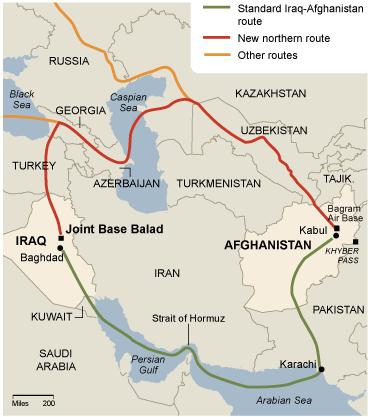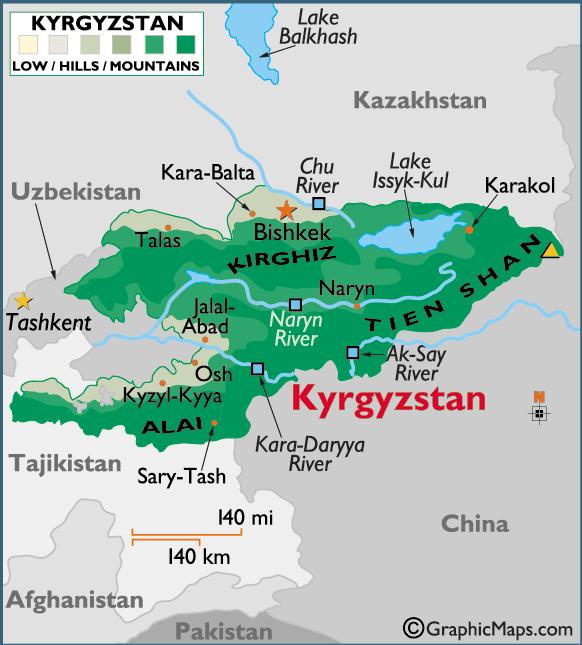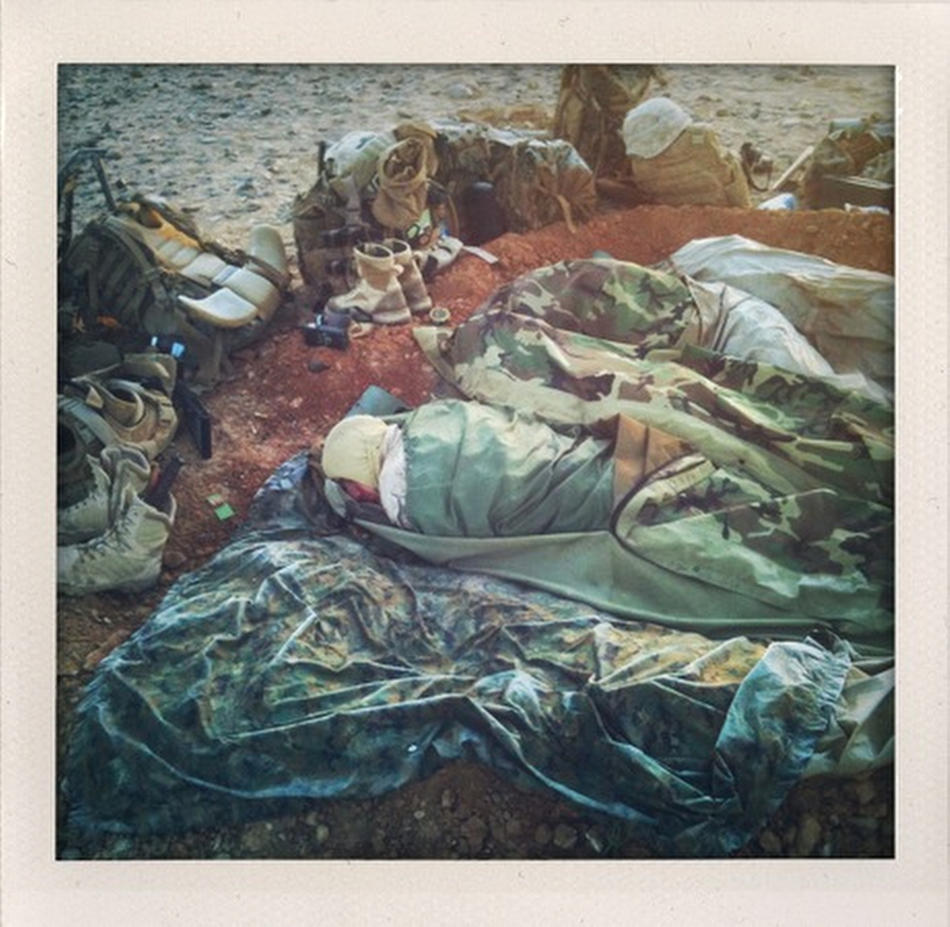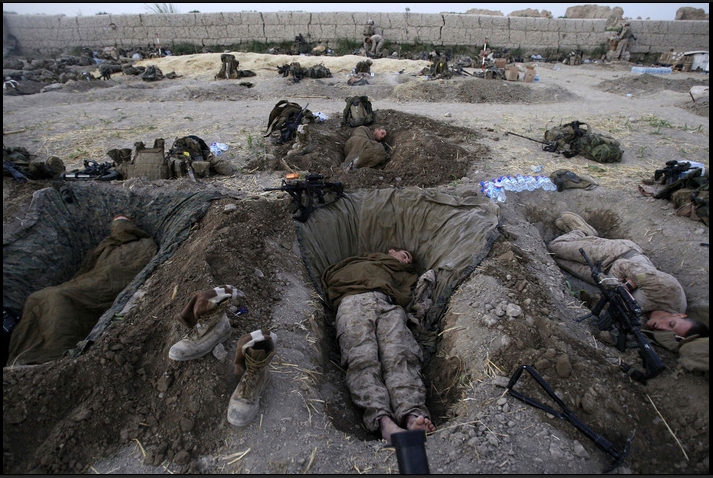Withdrawal from Korengal
BY Herschel SmithThe last U.S. Soldiers have been pulled out of the Korengal Valley.
It was as if the five years of almost ceaseless firefights and ambushes had been a misunderstanding — a tragic, bloody misunderstanding.
More than 40 U.S. troops have been killed, and scores more wounded, in helicopter crashes, machine-gun attacks and grenade blasts in the Korengal Valley, a jagged sliver just six miles long and a half-mile wide. The Afghan death toll has been far higher, making the Korengal some of the bloodiest ground in all of Afghanistan, according to American and Afghan officials.
In the pre-dawn hours of Wednesday, the U.S. presence here came to an abrupt end.
[ … ]
For U.S. commanders, the Korengal Valley offers a hard lesson in the limits of American power and goodwill in Afghanistan. The valley’s extreme isolation, its axle-breaking terrain and its inhabitants’ suspicion of outsiders made it a perfect spot to wage an insurgency against a Western army.
U.S. troops arrived here in 2005 to flush out al-Qaeda and Taliban fighters. They stayed on the theory that their presence drew insurgents away from areas where the U.S. role is more tolerated and there is a greater desire for development. The troops were, in essence, bullet magnets.
In 2010, a new set of commanders concluded that the United States had blundered into a blood feud with fierce and clannish villagers who wanted, above all, to be left alone. By this logic, subduing the Korengal wasn’t worth the cost in American blood.
There’s more than a little hyperbole in this report. There was and is no surprise in the difficulty of the Korengal Valley. This is where the Battle of Wanat occurred, but in spite of the level of difficulty, Bing West points out that:
The scale of the fighting was not the reason for withdrawing. One American soldier was killed in the Korengal in the last ten months, a loss rate less than in an average rifle company. The strongest technical rationale for the withdrawal was economy of force. The troop-to-population ratio and the logistics for air support were too onerous, regardless of the level of fighting.
The troop (and air power and logistics) commitment in Korengal didn’t comport with a population-centric counterinsurgency model General McChrystal wants to employ. When it comes to population, the Korengal Valley can’t compete with Kandahar with its half a million residents.
But is it really correct to assert that we merely stumbled into a tribal feud? Bing West continues: “… in 2007, half the fighters were locals and half were hard-core Islamic jihadists. When I was in the Korengal in 2009, the interpreters estimated a third of the voices heard over the enemy radios had Pakistani-tinged accents, a third were Pashto and a third were the local dialects.”
The Washington Post report eventually becomes interesting with a touchstone account of attempting to persuade hard core insurgents.
Moretti’s predecessors had spent countless hours trying to persuade Zalwar Khan to rally the locals to support the road project. Three years of prodding had produced virtually no progress. Moretti sensed that the real power in the valley lay with the men leading the insurgency.
He asked Khan to deliver a letter to a timber baron and insurgent leader known as Matin, who like many Afghans uses only one name. Long before Moretti’s arrival in the valley, U.S. troops had killed several of Matin’s family members in airstrikes, according to the Korengalis. In banning the timber trade, the Afghan government had deprived him of his sole means of income.
“Haji Matin hates the Americans too much,” Khan told Moretti, using an honorific that signified Matin’s completion of the pilgrimage to Mecca. “He won’t respond.”
Instead he advised Moretti to write to Nasurallah, a colleague of Matin’s. “It is our belief that you are the rightful leader of the Korengalis,” the captain wrote. “You hold the power not only among the villagers but also among the fighters. If you want the valley to prosper all you have to do is talk with us and bring your fighters down from the mountains.”
The letter offered Nasurallah two choices: development or death. “It is not our wish to kill your fellow Korengalis,” Moretti continued. “But we are good at it and will continue to do it as long as you fight us.”
Two days later, Moretti received a response. “If you surrender to the law of God then our war against you will end,” Nasurallah wrote. “If you keep fighting for man’s law then we will fight you until Doomsday.”
As I have contended before, until the places where the religiously-motivated and hard core fighters are taken on head-to-head, his means of rest and recruitment denied him, and his largesse taken away from him, this counterinsurgency cannot be won. While they are unmolested in their favorite places, they can continue to send insurgents into the cities – Kandahar, Jalalabad and Kabul.
We don’t have enough troops, and SOF raids against high value targets – which contrary to belief is becoming even more important that it was previously – won’t ameliorate the need for contact with both the enemy and the population. U.S. forces in the Korengal Valley have fought bravely, but don’t be surprised if this area becomes safe haven for not only hard core Taliban, but globalist insurgents of various ilk.
